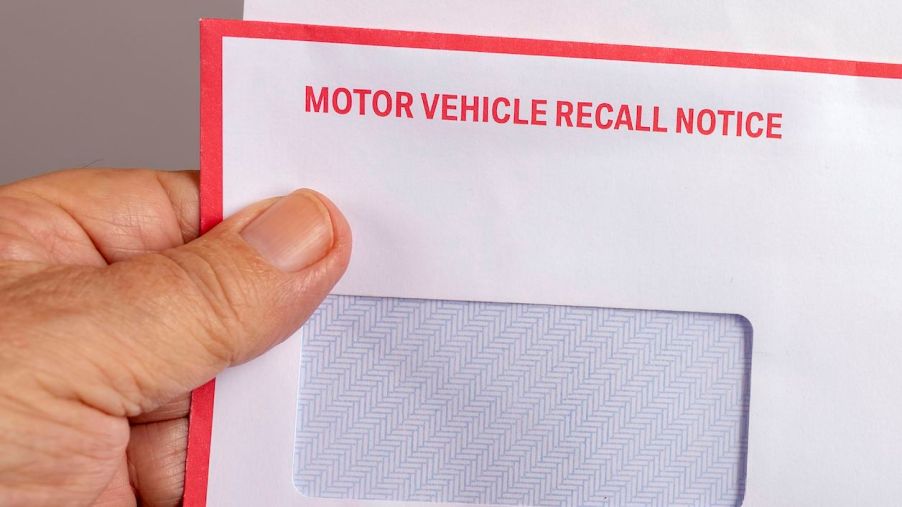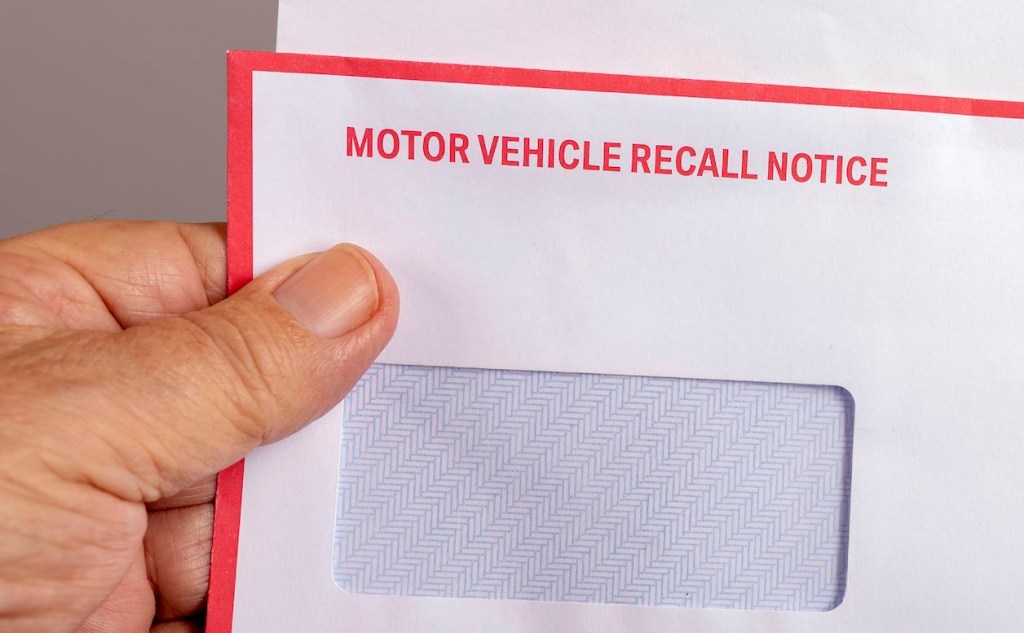
You Can See 50 Years of Car Recalls With This New Tool From the NHTSA
Tens of millions of vehicles are recalled annually in the United States. Numbers like that make it obvious that car safety is a bigger issue than most of us realize. Many car recalls are innocuous, ranging from malfunctioning turn signals to glitchy infotainment systems. But there also are extremely troubling problems, such as engines catching fire and wheels falling off.
How did car safety recalls come to be?

In the 1960s, vehicle-related deaths made up over 40% of unintentional deaths in the United States. It wasn’t until 1965 that a young, bright-eyed attorney named Ralph Nader published the book Unsafe at Any Speed: The Designed-In Dangers of the American Automobile.
Nader’s core purpose behind the book was to point out how carmakers long refused to incorporate safety features into their vehicles. For the most part, it boiled down to them not wanting to spend money on features most buyers didn’t care about yet.
Using numerous references and evidentiary materials, Nader revealed that auto manufacturers were well aware of the increasing deaths. In short, Unsafe at Any Speed played a significant role in spurring systematic motor vehicle safety efforts in America.
According to The American Presidency Project, after 614 vehicle occupants died in a single weekend, President Lyndon B. Johnson signed the Highway Safety Act into law. This bill gave the National Highway Traffic Safety Administration the power to issue recalls for specified reasons.
Today, those reasons have grown in number and can vary in severity, from “windshield wiper assemblies that fail to operate properly to critical vehicle components that break, fall apart, or separate from the vehicle, causing potential loss of vehicle control or injury to people inside or outside the vehicle,” the NHTSA explains.
Note that those are only two of 12 examples of defects considered safety-related. Examples of defects not considered safety-related range from malfunctioning air conditioners and radios to excessive oil consumption.
Now you can view more than 50 years of data with the NHTSA’s new online tool
The NHTSA recently launched a tool that allows you to view 50 years’ worth of car recalls. This “new open data tool … makes it easy to look up vehicle recalls issued in the U.S. since 1966, something automakers absolutely hate because recalls are embarrassing and expensive for them to issue,” Vice reported.
This online tool, which NHTSA announced in late June, allows users to delve into nearly 25,000 NHTSA-issued car recalls dating as far back as 1966. Previously, anyone wanting to review such data would have to download the entire dataset and use software like Microsoft Access to evaluate it, Vice explained.
The new cloud-based dashboard makes looking up recalls by manufacturers, recall type, recall year, and more much easier. For example, it provides easy-to-read and understandable graphics, all available with a few clicks.
For example, you can make a pie chart showing that Tesla received four recalls that affected 148,621 vehicles in 2021. You can then compare that to General Motors’ 23 recalls involving 6,985,682 vehicles.
One of the most dangerous problems involving massive car recalls
The Takata airbag recall is a perfect example of a massive vehicle recall with potentially injurious and even deadly consequences. The first recall began in November 2008 and included 4,000 2001 Honda Accord and Civic models. In May 2009, the first fatality occurred involving a teenager in a 2001 Honda Accord. Horrifyingly, the Takata airbag exploded and sent metal fragments into the victim’s neck.
Many other automakers have been forced to recall their vehicles because of faulty Takata airbags. In June, Audi announced it would recall 62,000 vehicles from the 2000 through 2002 model years. According to Consumer Reports, Audi will “replace faulty Takata driver’s side airbags that could cause serious or fatal injuries to occupants.”
Since the first fatality, Takata airbags have been directly linked to 17 additional deaths and about 250 injuries in the United States alone. Sadly, those numbers continue to rise because many people don’t know about this critical recall.
This is why the NHTSA’s interactive database is such a helpful tool for American consumers. But there should also be more online education about car recalls because automakers sometimes try to suppress them for obvious reasons.


